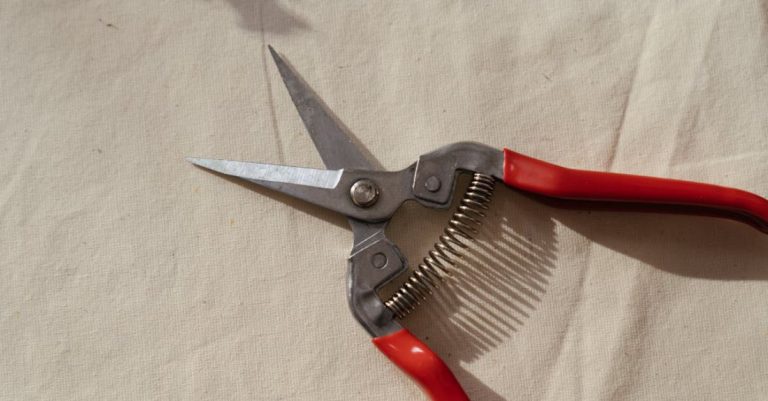
Roses are undoubtedly one of the most beloved and iconic flowers in gardens around the world. Their beauty and fragrance make them a popular choice for many gardeners. However, to ensure that your roses continue to bloom abundantly, proper pruning is essential. Pruning roses may seem like a daunting task, but with the right techniques, you can help your roses thrive and produce more blooms than ever before. In this article, we will discuss how to prune roses effectively to encourage growth and maximize flowering.
Understanding the Basics of Rose Pruning
Before you grab your pruning shears, it is crucial to understand the basics of rose pruning. The goal of pruning is to remove dead, damaged, or diseased wood, promote air circulation, and shape the plant for optimal growth. Pruning also encourages the development of new growth and stimulates the production of more flowers. Different types of roses require slightly different pruning techniques, so it is essential to identify the type of rose you have before you begin.
Timing Is Key
Timing plays a crucial role in the success of rose pruning. The best time to prune roses is in late winter or early spring before new growth begins. This dormant period allows the plant to recover from pruning and prepares it for the upcoming growing season. Avoid pruning too late in the season, as this can result in fewer blooms and a weaker plant.
Tools of the Trade
Having the right tools for the job is essential when it comes to pruning roses. Invest in a sharp pair of pruning shears to make clean cuts without damaging the plant. Long-handled loppers are useful for thicker branches, while pruning saws can be used for larger, harder-to-reach branches. Always clean and sanitize your tools before and after pruning to prevent the spread of diseases between plants.
Pruning Techniques for Different Types of Roses
1. Hybrid Tea Roses: These roses are known for their large, showy blooms. To prune hybrid tea roses, start by removing any dead or damaged wood. Cut the remaining canes back to about 6-8 inches above the ground, leaving only 3-5 healthy canes. Remove any crossing branches to improve air circulation and shape the plant.
2. Floribunda Roses: Floribunda roses produce clusters of flowers on each stem. When pruning floribunda roses, focus on thinning out crowded branches to allow more light and air to reach the center of the plant. Cut back the canes by about one-third to promote new growth and encourage more blooms.
3. Climbing Roses: Climbing roses require a different approach to pruning. Remove any dead or weak canes, and train the remaining canes to grow horizontally along a support structure. Prune side shoots to about 3-4 inches to encourage the growth of new flowering stems.
4. Shrub Roses: Shrub roses are known for their hardiness and disease resistance. When pruning shrub roses, focus on removing dead or diseased wood and shaping the plant for optimal growth. Cut back the canes by about one-third to promote new growth and encourage a bushy, compact shape.
Final Tips for Successful Rose Pruning
– Always make clean cuts at a 45-degree angle just above a bud to promote healthy regrowth.
– Remove any suckers or basal shoots that emerge from below the graft union.
– Monitor your roses throughout the growing season and remove any spent blooms to encourage continuous flowering.
– Water and fertilize your roses regularly to promote healthy growth and abundant blooms.
By following these pruning techniques and tips, you can ensure that your roses continue to bloom beautifully year after year. With proper care and maintenance, your roses will reward you with a stunning display of color and fragrance that will enhance your garden and bring joy to all who see them. Happy pruning!





